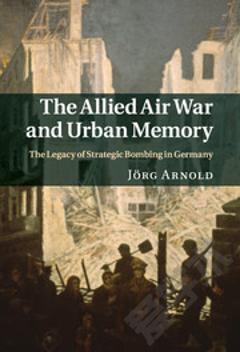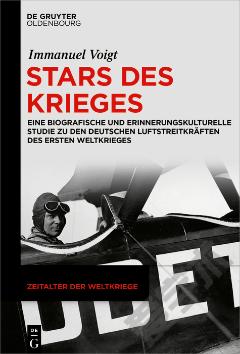The Allied Air War and Urban Memory: The Legacy of Strategic Bombing in Germany
The cultural legacy of the air war on Germany is explored in this comparative study of two bombed cities from different sides of the subsequently divided nation. Contrary to what is often assumed, allied bombing left a lasting imprint on German society, spawning vibrant memory cultures that can be traced from the 1940s to the present. While the deaths of half a million civilians and the destruction of much of Germanyâs urban landscape provided âusableâ rallying points in the great political confrontations of the day, the cataclysms were above all remembered on a local level, in the very spaces that had been hit by the bombs and transformed beyond recognition. The author investigates how lived experience in the shadow of Nazism and war was translated into cultural memory by local communities in Kassel and Magdeburg struggling to find ways of coming to terms with catastrophic events unprecedented in living memory.
{{comment.content}}








 京公网安备 11010802027623号
京公网安备 11010802027623号